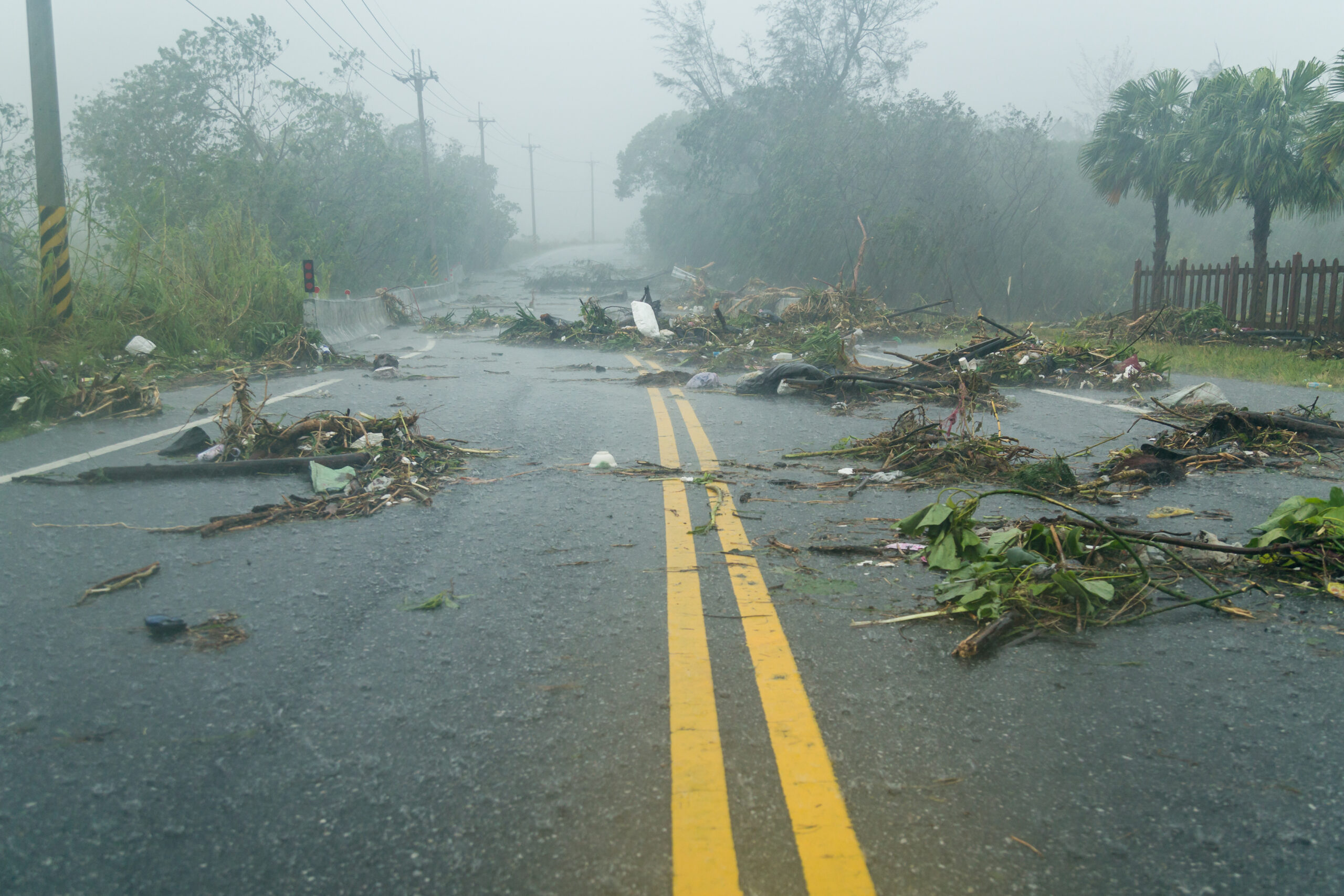By Lily Scheindlin
President Biden’s Fiscal Year 2025 Budget proposal shows just how much public health remains relevant and in the conversations about future investments. Funding increases in the FY25 budget proposal indicate the president and government have considered the call to prioritize public health systems that care for all people. Insufficient funding can lead to gaps in public health that leave racial and ethnic minority communities, elderly people, low-income individuals, communities in rural areas, and others more vulnerable to disproportionately negative health outcomes; often exacerbated during disasters.
Increased funding has been allocated to address the growing youth mental health crisis, maternal and child health, primary care access, cybersecurity, prescription drug pricing, healthcare costs, behavioral health, and more. Recognizing the positive endeavors of the budget, some critical aspects of public health infrastructure, particularly relevant to emergency management and preparedness, remain underfunded.
While many aspects of public health received a boost in funding in the FY25 budget proposal, some areas are allocated steady funding, effectively reducing investments over time. Looking at budget comparisons provided by the Association of State and Territorial Health Officials (ASTHO), lack of real investment in the public health sector is often shown through the level funding; i.e., where — the FY25 budget remains the same as the last budget available for FY23.
From Healthcare Ready’s perspective, level funding for essential programs is the equivalent of underfunding – as is the case for several core, federal sources of public health and preparedness funding such as the CDC Public Health Emergency Preparedness Cooperative Agreement Program. This underscores the heightened urgency for Congress to reauthorize the Pandemic and All-Hazards Act, previously renewed through bipartisan consensus, but which lapsed in September of last year. The President’s budget request is the first step in the federal budgeting process as discussions on FY25 continue.
Highlights from the ASTHO legislative alert for the President’s FY25 budget include:
- $95 million to expand and accelerate development and domestic production of medical countermeasures and improve visibility and management of medical supply chains to mitigate potential shortages of priority drugs and devices. This includes $75 million for onshore production of medical countermeasures and active pharmaceutical ingredients, consistent with Made in America and National Biodefense Strategy goals, and $20 million to expand end-to-end visibility and management of the medical and public health supply chain for priority drugs and devices.
- $970 million, a $20 million increase, for Biomedical Advance Research and Development Authority to develop new countermeasures for antimicrobial resistance. This funding also includes $328 million for ASPR’s pandemic influenza program, which seeks to develop an end-to-end strategy for future influenza pandemics.
- $317.1 million, a $12 million increase, for Health Care Readiness and Recovery. The additional funding will enhance ASPR’s Office of Critical Infrastructure Protection to improve HHS-wide responses to cyber incidents in the Healthcare and Public Health sectors. (Again, this includes $240 million, or level funding, for the HPP).
Additionally, proposed funding includes an increase for the Substance Abuse and Mental Health Services Administration (SAMHSA) to $8.1 billion, a $612 million increase from FY23. This includes $602 million, a $100 million increase, for the 988 Suicide and Crisis lifeline to improve infrastructure, bolster state and local response, and expand the public awareness campaign. This funding would continue support for Spanish language services and specialized service access for LGBTQIA+ youth. Proposed funding would also provide continued support for individuals suffering from disaster-related events.
The proposed budget provides no additional funding to the Hospital Preparedness Program (HPP), part of the Health Care Readiness Portfolio administered by the Administration for Strategic Preparedness and Response (APSR) — the only source of federal funding for healthcare system readiness and an important partner in Healthcare Ready’s mission of responding to build the resiliency of communities before, during and after disasters.
Since HPP is the primary source of federal funding for healthcare system readiness, and an important feature of Healthcare Ready’s mission to enhance the resilience of communities before, during and after disasters, appropriate funding is crucial. As we work to ensure the strength of healthcare supply chains and infrastructure, HPP is a critical aspect of safeguarding the health and well-being of communities. This includes support for the development of healthcare coalitions, which enable coordinated regional response to disasters, among other investments, such as Regional Disaster Health Response System pilot sites; helping ensure response efforts reach regional and local needs.
No funding increase might impact critical preparedness capabilities, including funding for skilled staff and coordination between healthcare delivery systems, such as hospitals, emergency medical services, public health, and other private sector entities. Underfunding HPP might hamper Healthcare Ready’s efforts to foster resilience within the healthcare supply chain, leaving critical gaps in our nation’s preparedness infrastructure. It undermines the collaborative efforts forged between governmental agencies, healthcare providers, and private sector partners, eroding the foundation of our collective response to emergencies.
Healthcare Ready acknowledges the imperative to bolster funding for public health alongside its recognition of the proposed increases and investments in public health infrastructure. The organization applauds these strides and emphasizes the ongoing need for heightened prioritization and continued investment in public health initiatives. It’s crucial to note that the President’s budget request marks just the initial phase in the federal budgeting procedure. As deliberations on FY25 unfold, Healthcare Ready pledges to provide regular updates on advocacy endeavors aimed at championing amplified funding for projects within the public health sector. For more information sign up for reports from Healthcare Ready.






